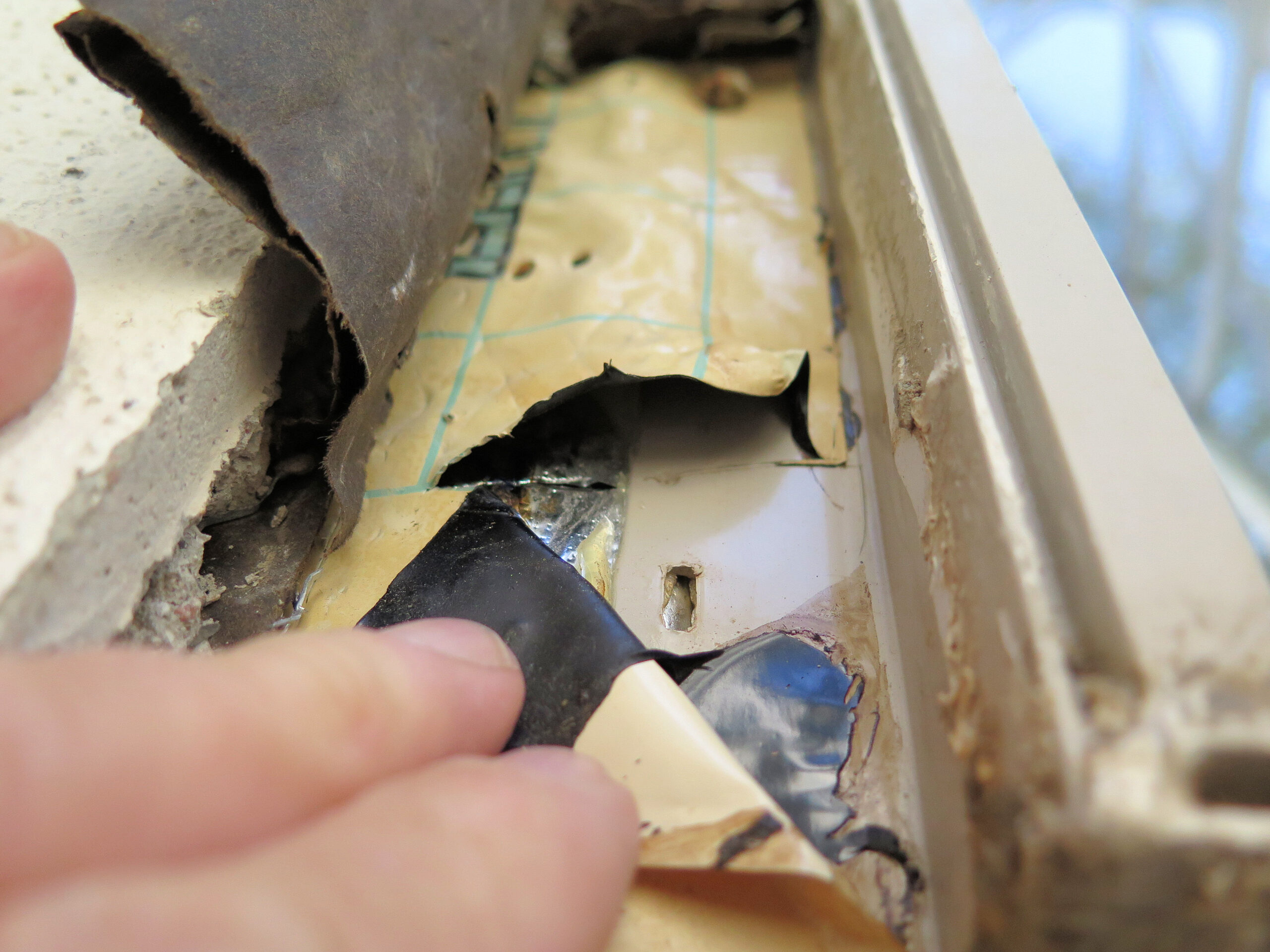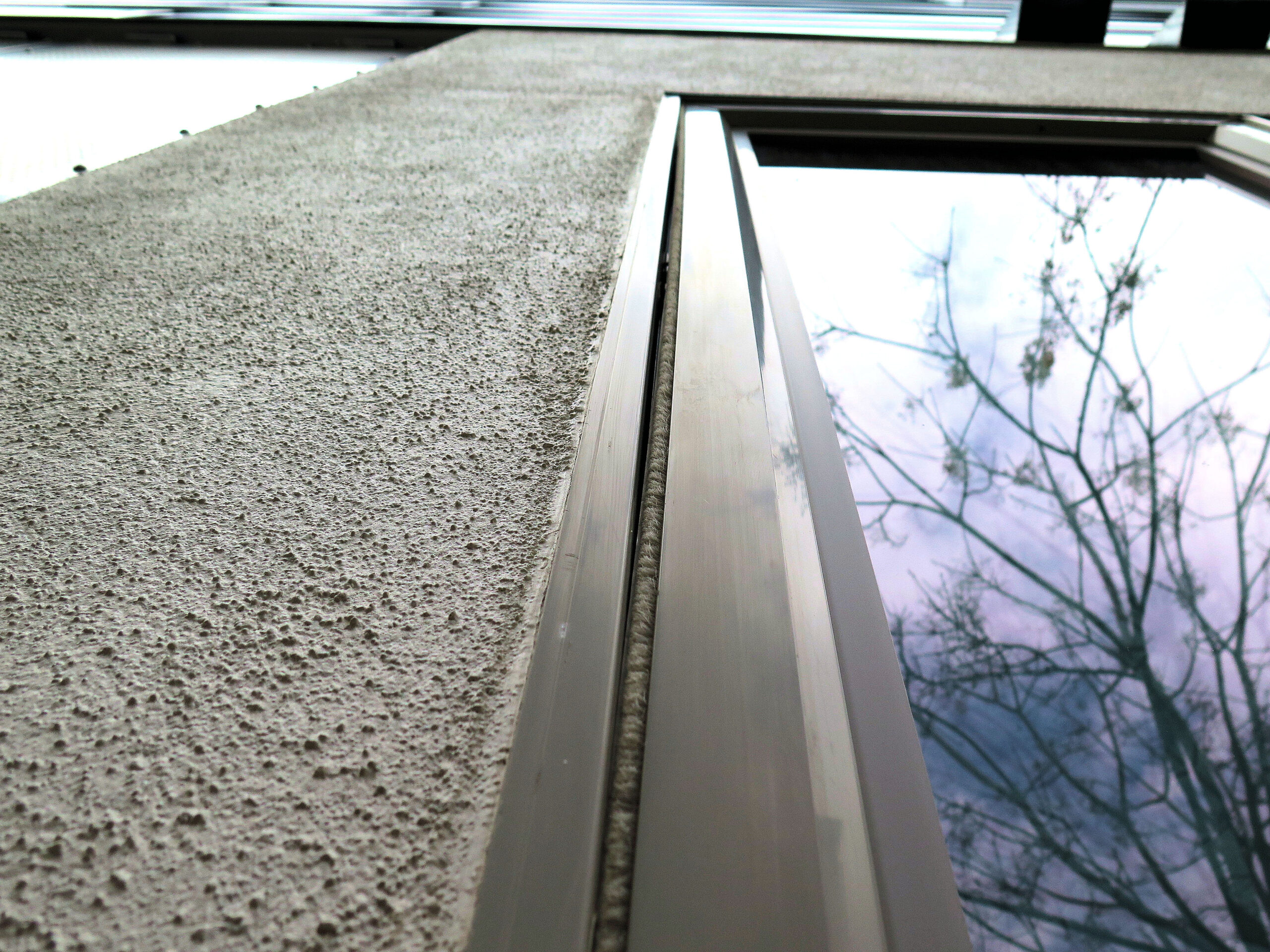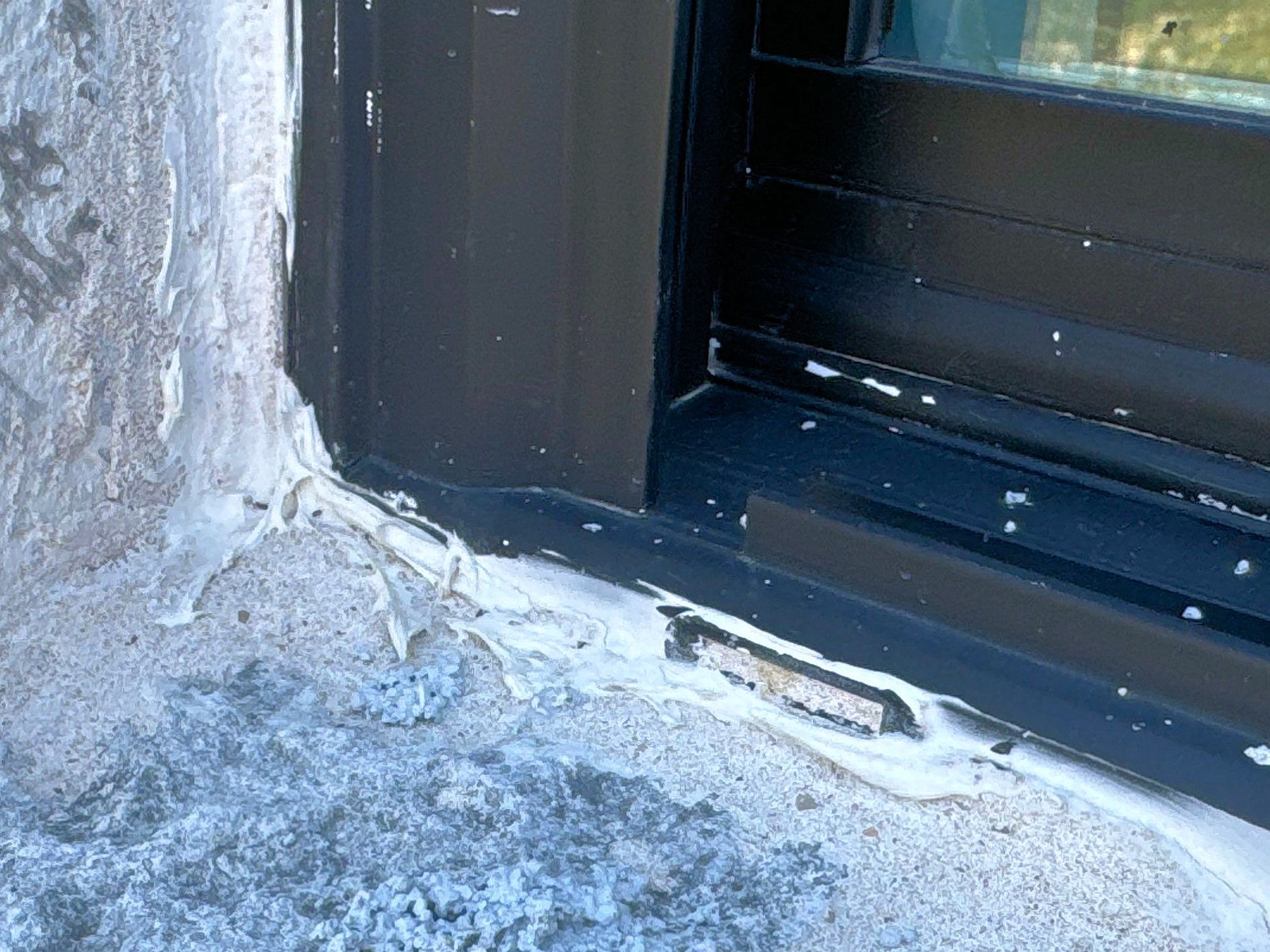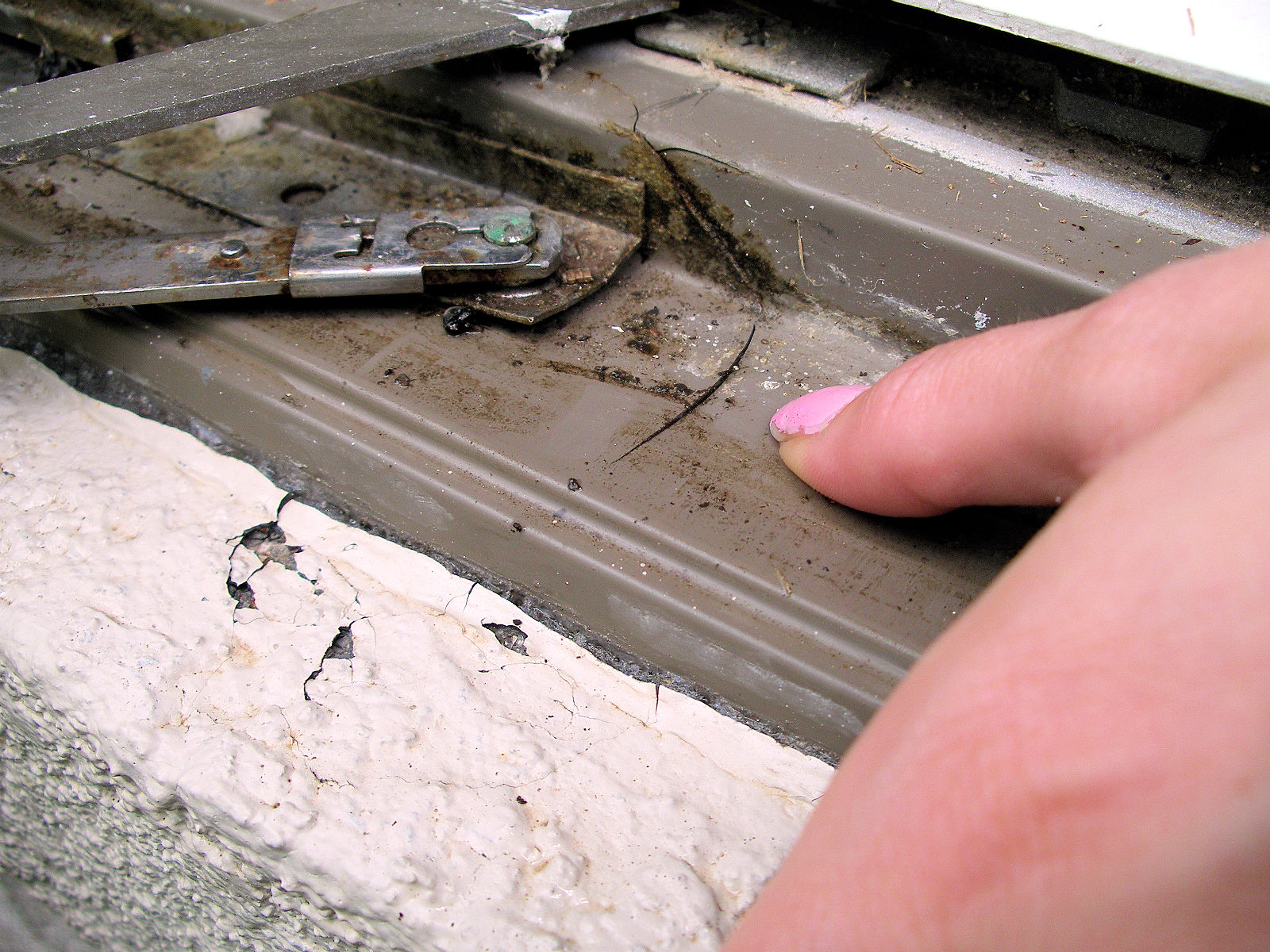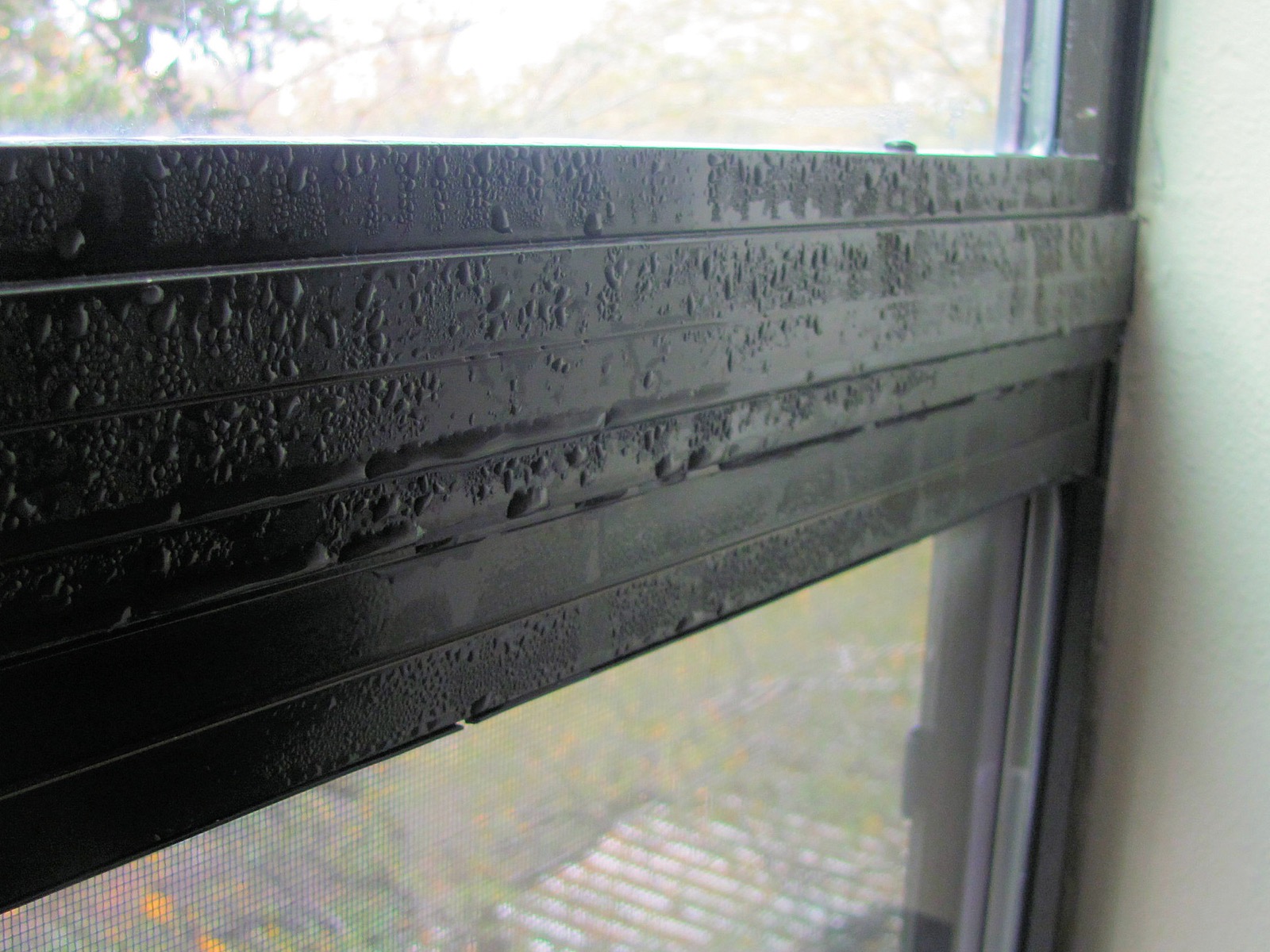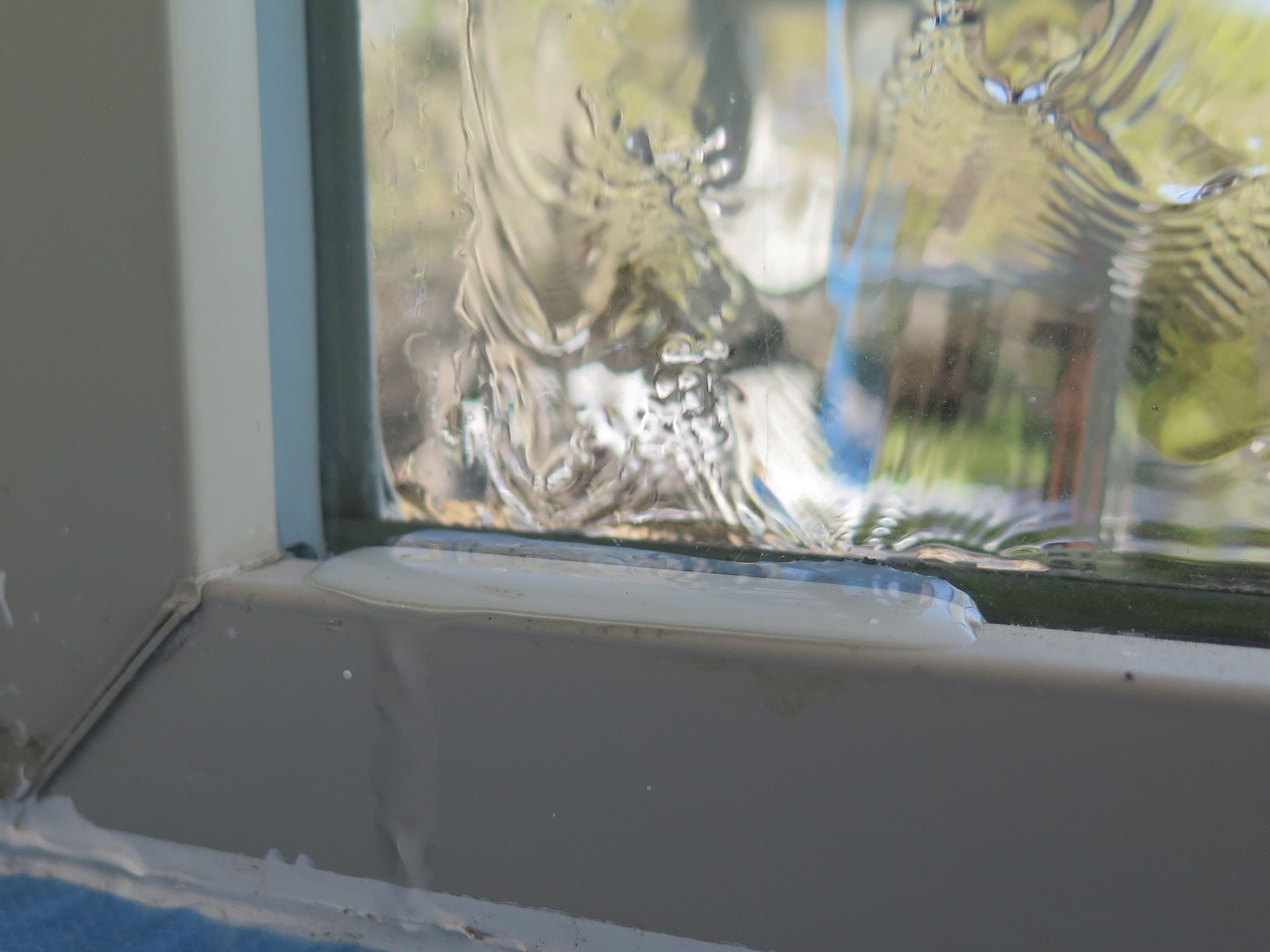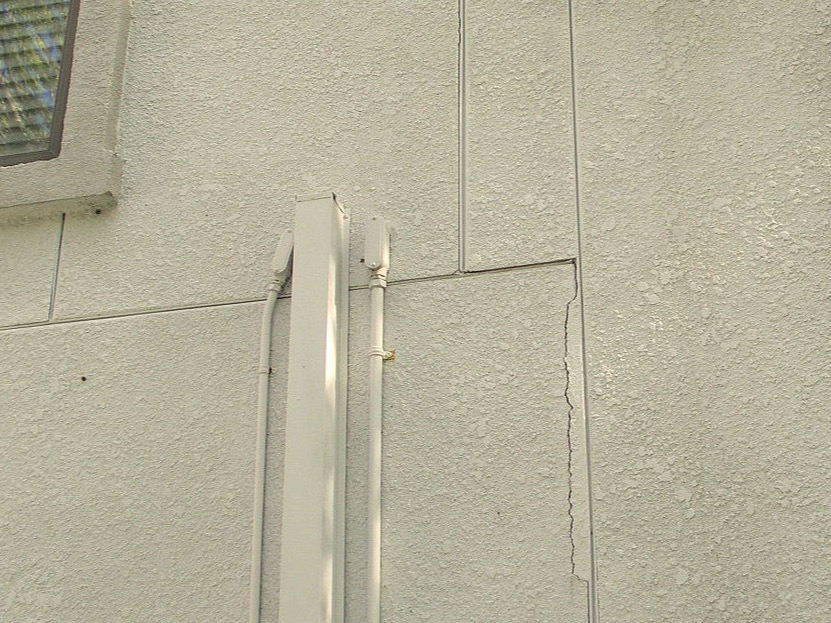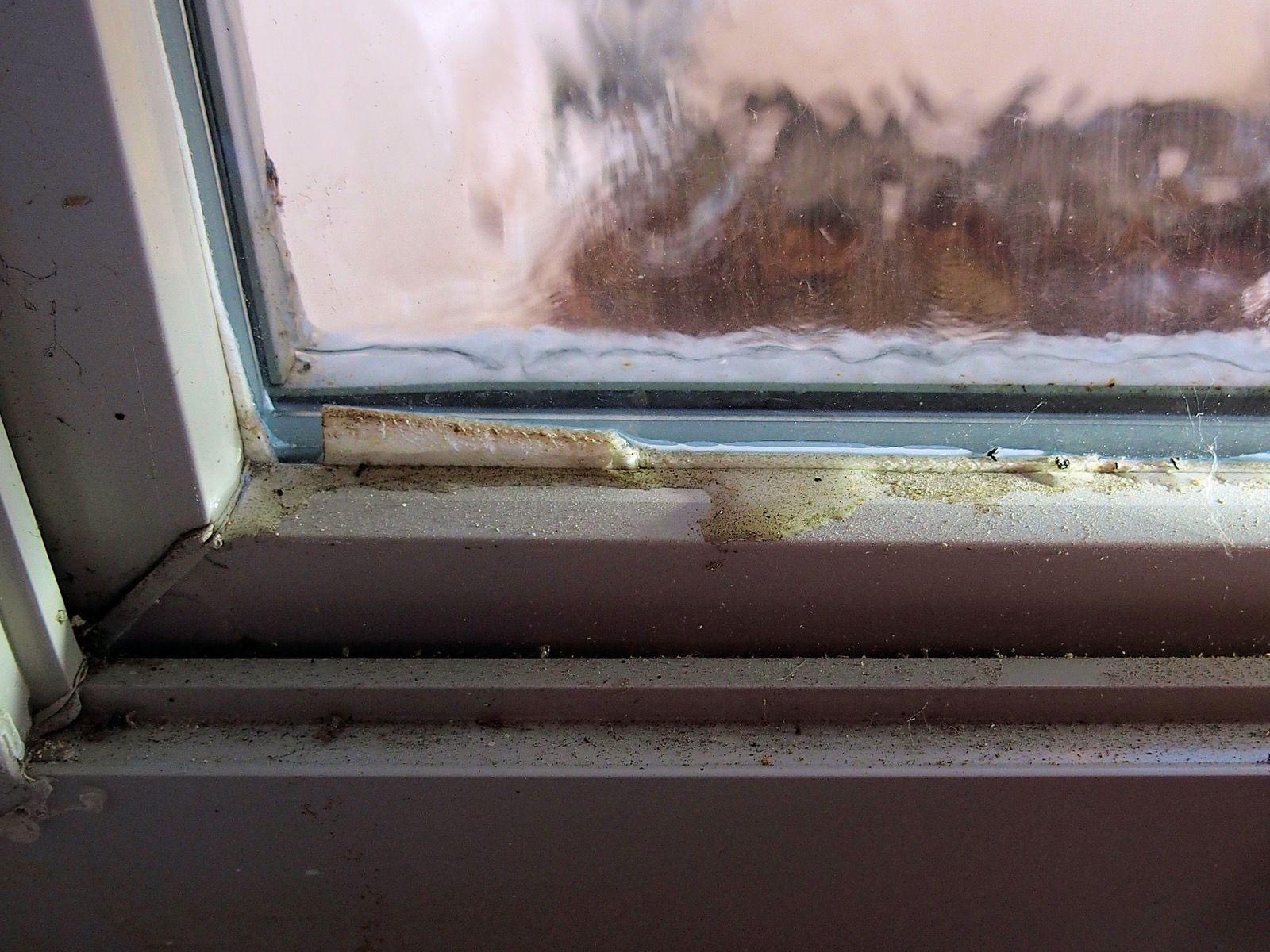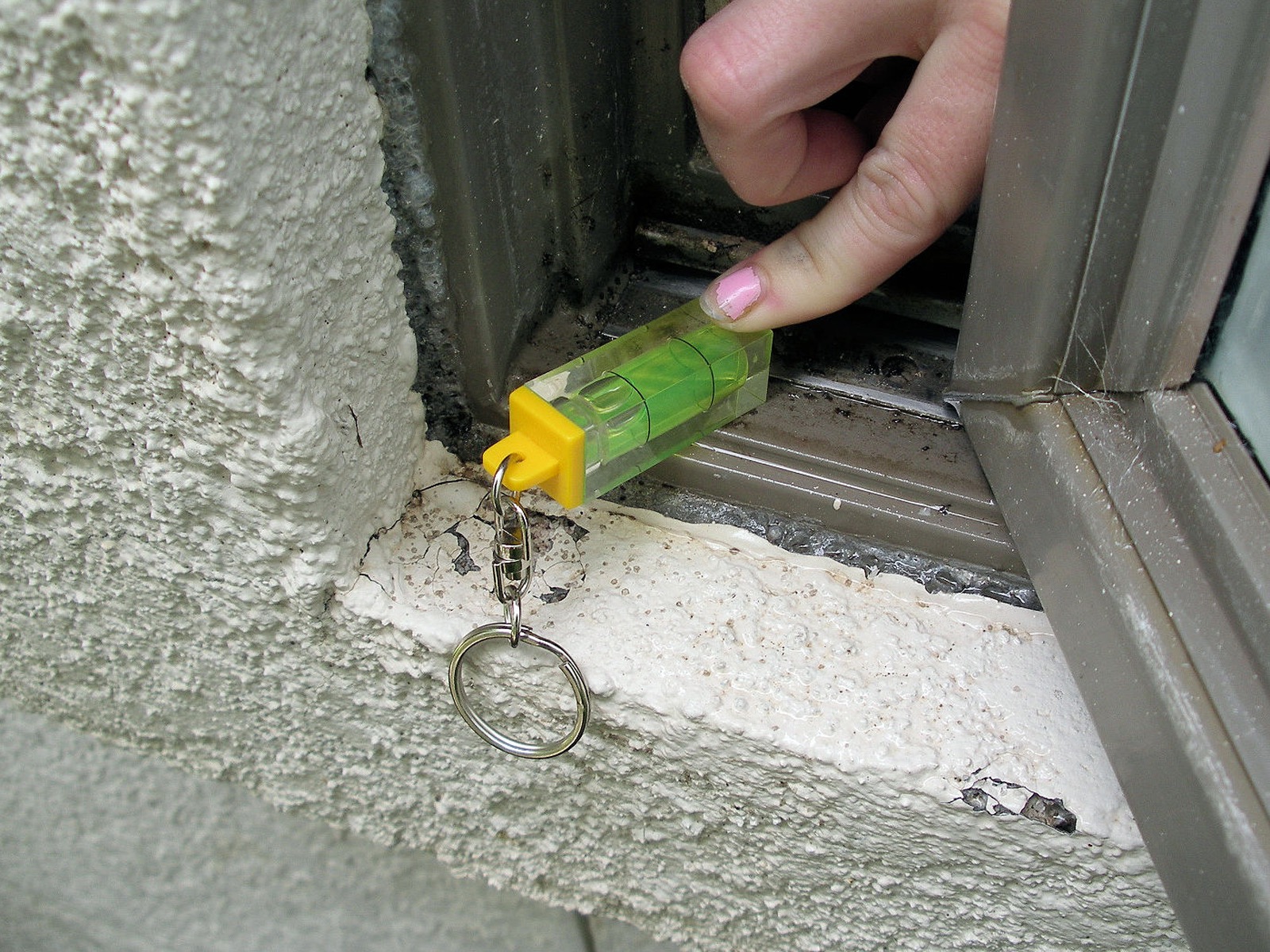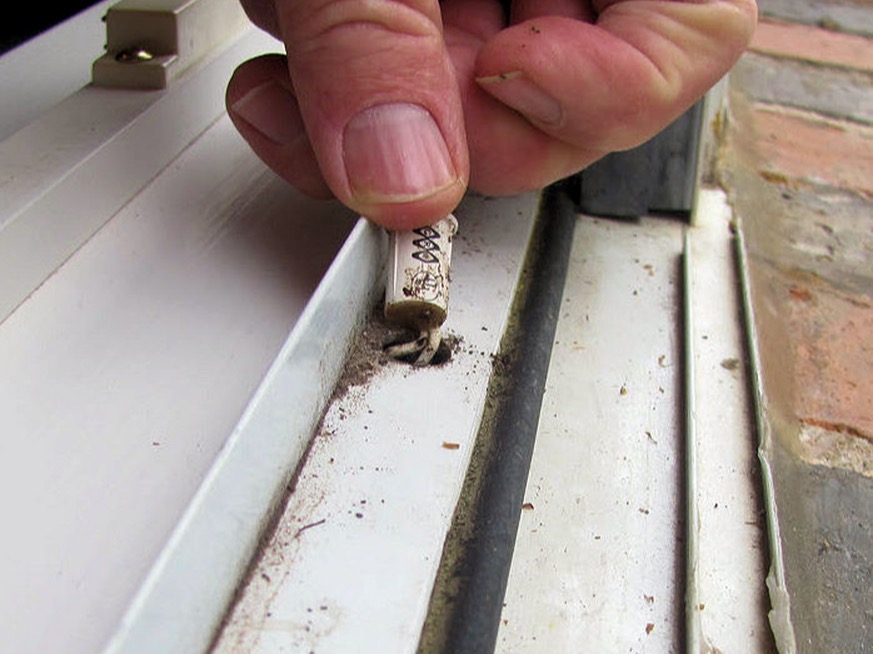Do You Have Leaking Windows?
Window Leaks are a common problem. Successful window leak repair requires determining the cause of the leak first. The leak could result from a leaking window frame or a problem with how the window is installed into the wall opening. A leak at one window can mean potential problems at other windows since they are often all from the same manufacturer and installed by the same crew.
Window Leaks can seep into your exterior walls for years before being noticed, sometimes resulting in extensive water damage and mold. Below are examples of the most common reasons identified by Putnam Consulting Inc. for window leaks. Let’s delve into the insights we’ve gathered to help you better understand this issue!
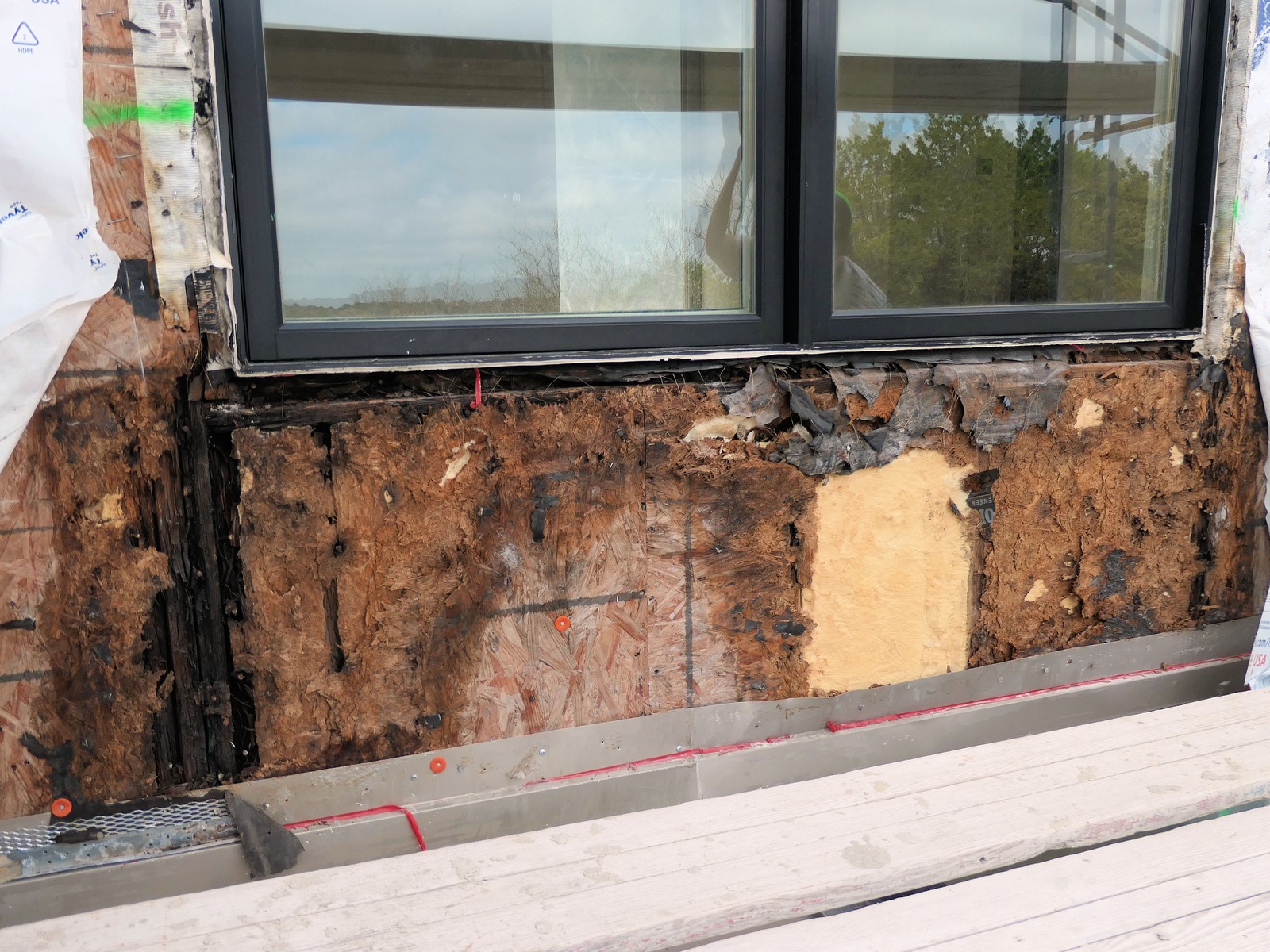
Why Do Windows Leak?
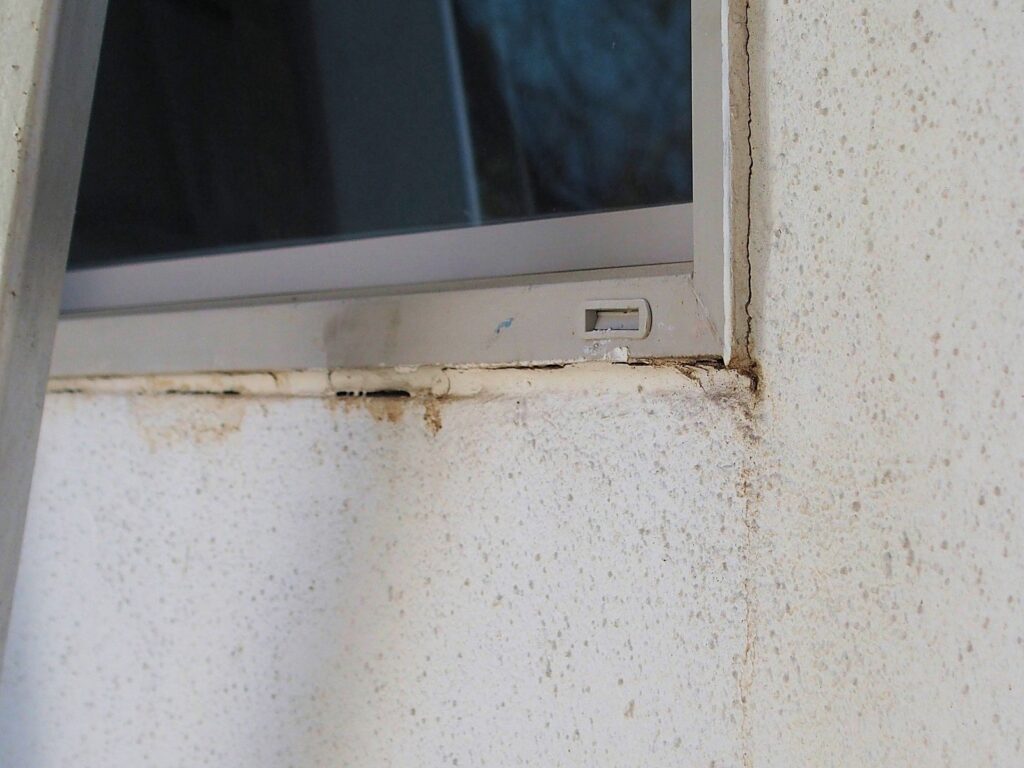
Failed Sealant
Over time, the sealant around the window frame may crack or shrink, allowing water to penetrate behind the exterior finish. In most instances, however, if the window frame is properly sealed to the underlying weather-resistive barrier (WRB), there should be no leakage into the wall, even if there is no exterior sealant at all. Of course, you should still replace any failed sealant.
ASTM/AAMA
We are fully equipped and professionally trained to perform ASTM and AAMA testing.

